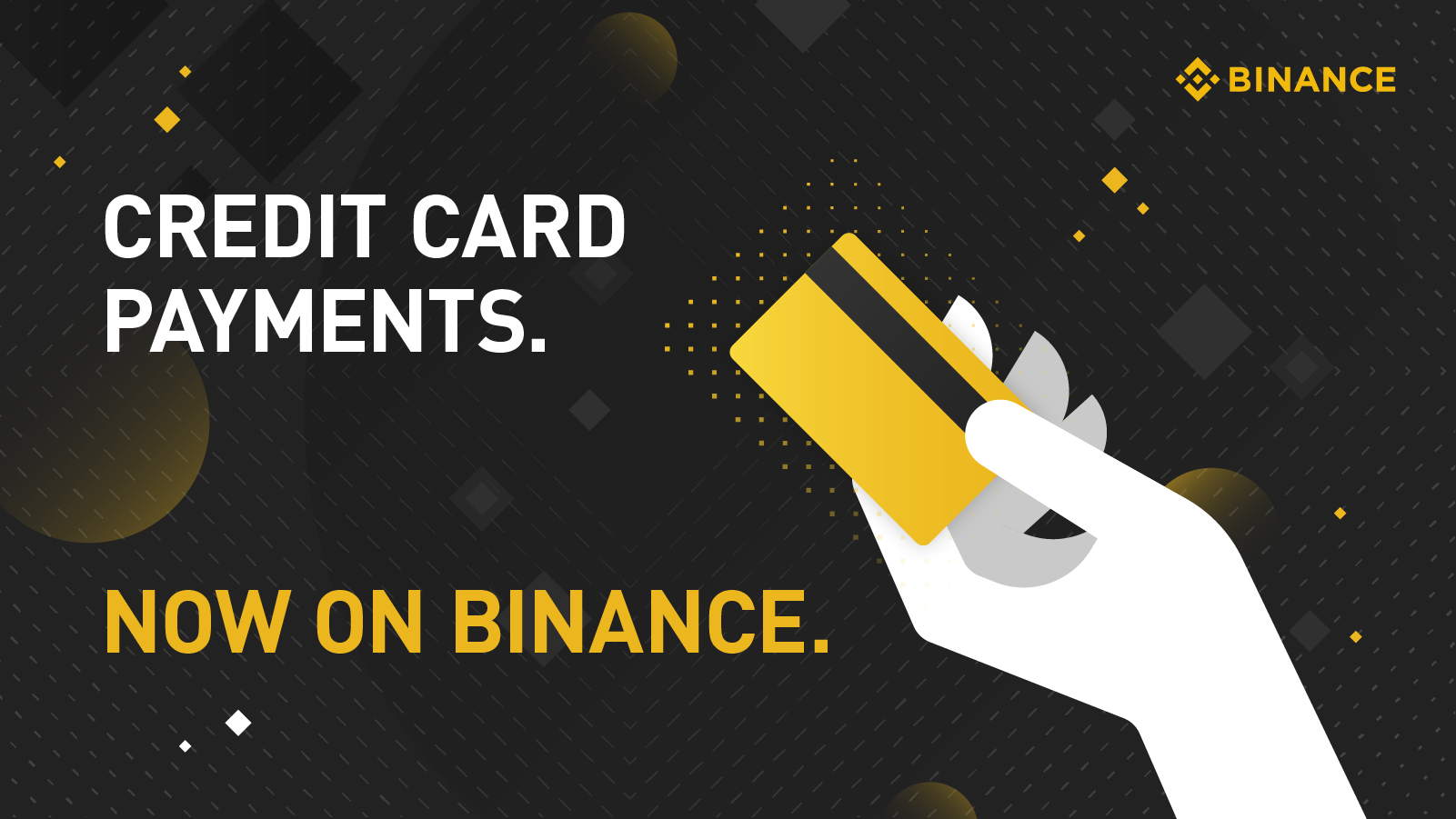In the rapidly evolving landscape of cryptocurrency, overcoming barriers to entry remains paramount for many aspiring investors. A predominant question among potential users is whether they can utilize a credit card for transactions on popular platforms like Coinbase and Binance. In delving into this inquiry, we embark on a nuanced exploration that encapsulates the functionalities, benefits, and limitations these platforms offer regarding credit card transactions.
To initiate this discourse, it is essential to distinguish between the two platforms themselves. Coinbase, established in 2012, positions itself as a user-friendly portal, particularly catering to novices. It offers a simplified approach to buying, selling, and managing cryptocurrencies. Binance, in contrast, is a powerhouse in the crypto trading realm, recognized for its expansive array of cryptocurrencies and advanced trading features. Understanding these foundational aspects lays the groundwork for analyzing their credit card acceptance mechanisms.
Primarily, let us consider Coinbase. The platform does allow users to purchase cryptocurrencies directly using credit cards. This feature has been instrumental in democratizing cryptocurrency access, as it enables individuals to bypass the often cumbersome processes associated with bank transfers. With the mere swipe of a card, users can transform fiat currency into digital assets, facilitating prompt exchange without the friction of extended waiting periods.
However, while the allure of instant gratification beckons, users must navigate the intricacies of transaction fees. Coinbase imposes various fees on credit card transactions, often higher than those associated with bank transfers. These fees can include a percentage of the transaction amount and additional flat fees, varying based on the geographical location of the user and the individual issuing bank. Consequently, while the convenience is tempting, the financial implications necessitate careful consideration amongst prospective investors.
In contrast, Binance also permits credit card usage for acquiring cryptocurrencies. This platform not only embraces credit card transactions but enhances the experience through collaborations with third-party payment processors. Such partnerships often facilitate a more seamless transaction process and might even optimize the fee structures, although similar transaction charges may apply. Binance’s rapid transaction capabilities underscore a pivotal distinction: while Coinbase is tailored for simpler transactions, Binance caters to a more sophisticated audience with advanced features.
Moreover, the underlying security protocols on both platforms warrant rigorous examination. Both Coinbase and Binance employ state-of-the-art security measures designed to safeguard user information and financial transactions. However, the onus of security also extends to the users themselves. Mismanagement of credit card information can lead to detrimental financial consequences through fraudulent transactions. Therefore, it is imperative for users to adopt rigid security hygiene practices, such as enabling two-factor authentication (2FA) and monitoring account activity regularly. This vigilance serves to fortify the inherent vulnerabilities of the digital sphere.
Another noteworthy aspect relates to the geographical restrictions that may affect credit card usage on both platforms. While Coinbase operates in numerous jurisdictions worldwide, certain country-specific restrictions might limit the types of financial instruments available to users. Consequently, individuals residing in regions with stringent regulations may discover barriers to credit card usage that could thwart their forays into cryptocurrency trading.
On the flip side, Binance exemplifies a global exchange ethos yet is not devoid of similar limitations. Users should be cognizant of their respective jurisdictions’ regulations, which may dictate the types of transactions permissible on such platforms. The geopolitical climate can significantly influence accessibility, thereby serving as a crucial determinant of whether credit card transactions can be utilized. Understanding these elements is instrumental for users aiming to engage with cryptocurrency on a global scale.
Furthermore, the choice of credit cards also merits discussion. Different issuing banks and credit card networks may exhibit varying degrees of receptivity to cryptocurrency transactions. Some issuers might impose restrictions on cryptocurrency-related purchases, potentially thwarting users’ efforts at the point of sale. This nuanced differentiation underlines the importance of conducting due diligence before proceeding with transactions. Users must ascertain the compatibility of their credit cards with the chosen exchange to mitigate the risk of declined transactions or unexpected fees.
In summation, both Coinbase and Binance facilitate credit card transactions, albeit through distinct methodologies and user experiences. While Coinbase champions simplicity and user-friendliness, Binance appeals to users looking for an expansive cryptocurrency experience with additional complexity. Aspiring investors must navigate a labyrinth of fees, security measures, geographical limitations, and credit card compatibility to optimize their cryptocurrency acquisition journeys.
The inquiry into whether you can use a credit card on these exchanges unveils much more than a binary answer. It exposes a multifaceted arena where convenience intertwines with caution, and opportunities are often juxtaposed with challenges. Ultimately, an informed approach to utilizing credit cards on these platforms can empower users to take the reins of their cryptocurrency aspirations, spurring a well-rounded and enriching investment experience.








Leave a Comment